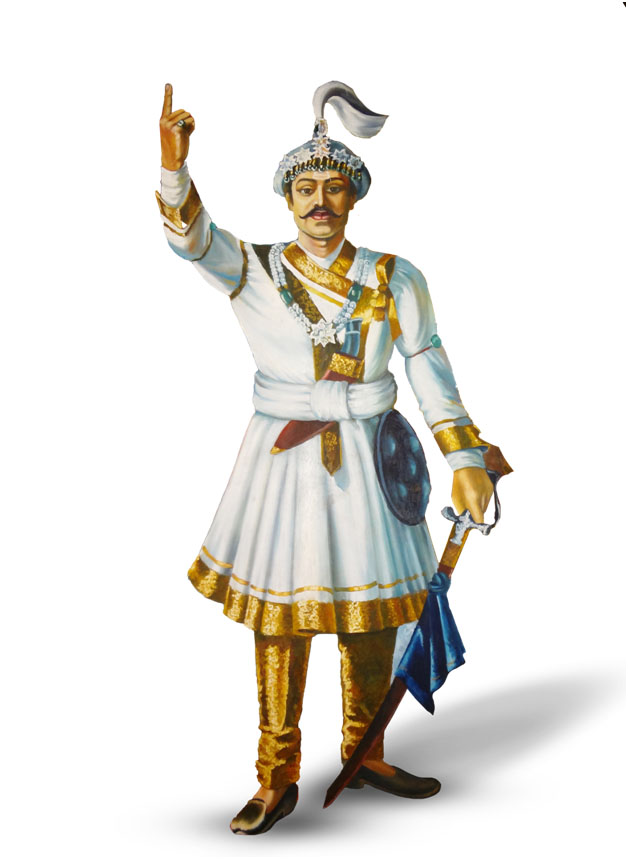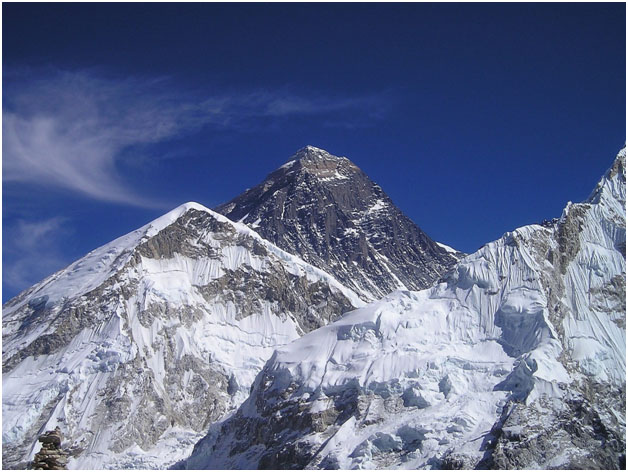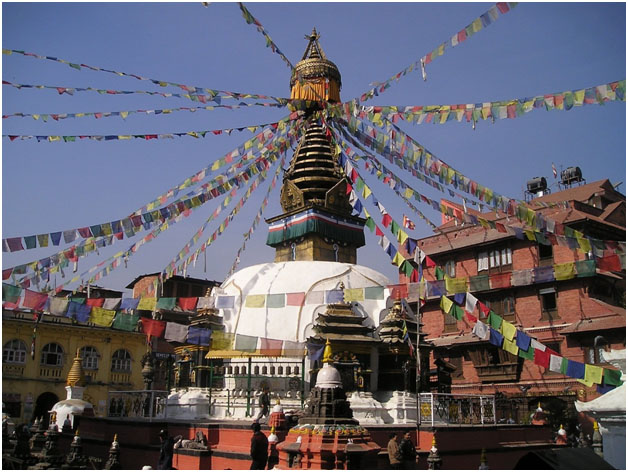Ancient Nepal
The history of Nepal can be traced back to the ancient era of the Vedic period, which occurred between 1500 and 500 BCE. This region was inhabited by diverse ethnic groups and was mentioned in Hindu scriptures such as the Atharva Veda. The Kiratis, an indigenous people, are often acknowledged as the initial rulers of Nepal. They founded their kingdom in the Kathmandu Valley around the 7th or 8th century BCE. Subsequently, the Licchavis, another influential ancient dynasty, governed the region and introduced advanced art, culture, and trade.
Medieval Nepal
The medieval period witnessed the emergence of the Malla kings in the Kathmandu Valley. These monarchs were significant patrons of art and architecture, contributing to the development of renowned temples and palaces. During this era, Buddhism and Hinduism coexisted harmoniously, shaping Nepal’s cultural and religious landscape. The valley became a pivotal center for trade, connecting India and Tibet.
In the 15th century, King Prithvi Narayan Shah unified various small principalities and established the Gorkha Kingdom in 1768, marking the inception of modern Nepal. Through his military campaigns, Nepal’s territory expanded, laying the groundwork for the nation’s present-day boundaries.

Colonial Influence and Rana Rule
Nepal successfully maintained its independence during the British colonial era in India, thereby preserving its sovereignty. However, the Anglo-Nepalese War (1814-1816) culminated in the Treaty of Sugauli, through which Nepal relinquished certain territories to the British, thereby shaping the present-day Nepal-India border.
During the mid-19th century, the Rana dynasty assumed control of Nepal. The Rana rulers monopolized power, resulting in a century of autocratic governance. This era impeded progress and engendered widespread discontent among the populace.
Democratic Movements and Political Change
The 1950s and 1960s bore witness to significant political movements within Nepal. The revolution of 1951 led to the overthrow of the Rana regime, effectively terminating autocracy. King Tribhuvan was reinstated to power, marking the commencement of Nepal’s journey towards democracy.
In 1996, the Maoist insurgency commenced, with the objective of establishing a communist state in Nepal. This conflict endured for a decade, resulting in substantial loss of life and damage to infrastructure. The Comprehensive Peace Agreement of 2006 brought an end to the civil war, leading to the abolition of the monarchy and the establishment of a federal democratic republic in 2008.
Contemporary Nepal
In 2015, Nepal embraced a novel constitution, thereby instituting a federal democratic republic that is partitioned into seven provinces. The nation has encountered obstacles pertaining to political steadiness, economic advancement, and societal advancement. The intricate nature of governance and nation-building is further compounded by its heterogeneous populace, encompassing diverse ethnic groups, languages, and cultures.
Tourism assumes a pivotal role in Nepal’s economy, captivating voyagers with its awe-inspiring landscapes, including the Himalayas and Mount Everest, the loftiest peak on Earth. Nevertheless, the catastrophic earthquakes in 2015 inflicted a substantial setback, necessitating extensive reconstruction endeavors.

Cultural Heritage and Diversity
Nepal is renowned for its diverse cultural heritage, which encompasses a rich tapestry of ethnic groups such as the Gurungs, Sherpas, Tharus, Newars, Tamangs, and many others, each with their own distinct languages, customs, and traditions. The Newars, who are indigenous to the Kathmandu Valley, possess a rich artistic and architectural legacy. Their architectural style, exemplified by pagoda-style temples and intricately carved wooden windows, is a testament to the skill and craftsmanship of ancient artisans.
Nepal’s art scene is also noteworthy. Thangka paintings, which depict Buddhist deities and scenes, are intricate and vibrant, reflecting the country’s deep spiritual roots. Nepali literature, both ancient and contemporary, frequently draws inspiration from Hindu mythology and local folklore, resulting in a unique literary tradition.

Religious Significance
Nepal holds great religious significance as it is the birthplace of Siddhartha Gautama, who later became Buddha, the founder of Buddhism. Lumbini, located in present-day Nepal, is a UNESCO World Heritage Site and a revered pilgrimage destination for Buddhists worldwide. Additionally, Nepal is a melting pot of Hinduism, with the Pashupatinath Temple in Kathmandu being one of the holiest Hindu shrines, attracting thousands of devotees annually. The Muktinath Temple, situated in the Mustang district, is also a sacred site for both Hindus and Buddhists.
Social Developments and Challenges
Despite making progress in areas such as education and healthcare, Nepal continues to face challenges. Poverty, particularly in rural areas, remains a significant concern. Access to quality education and healthcare facilities is often limited in remote regions, impeding social development. Nevertheless, ongoing efforts are being made to bridge this gap and improve the standard of living for all citizens.
Another significant concern that demands attention is the matter of gender inequality. Despite the advancements made, conventional gender roles remain deeply rooted, exerting adverse effects on women’s opportunities for education, employment, and participation in decision-making procedures. In Nepal, various organizations and dedicated activists are ceaselessly striving to empower women, challenge societal norms, and advocate for the attainment of gender equality.
Environmental Conservation
Nepal’s natural splendor is unparalleled, yet it is confronted with the looming threats of deforestation, pollution, and climate change. The melting glaciers in the Himalayas pose a significant risk to the communities downstream. In response, concerted efforts are underway to promote sustainable tourism and preserve the environment. Furthermore, Nepal’s susceptibility to natural disasters such as landslides and earthquakes necessitates preparedness and resilient infrastructure.
International Relations
Nepal maintains diplomatic relations with various countries and international organizations. Its strategic location between India and China confers upon it geopolitical significance. Balancing these relationships while safeguarding its sovereignty is a delicate task. Nepal’s participation in regional forums and global initiatives underscores its unwavering commitment to international cooperation.



